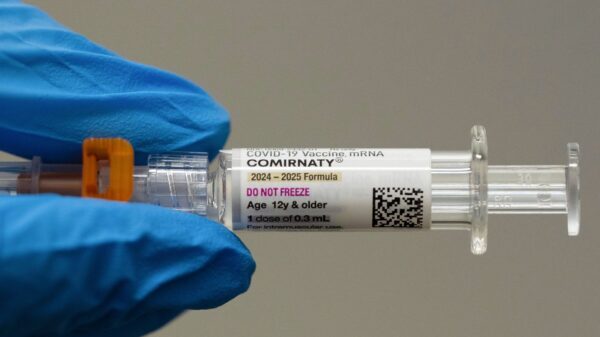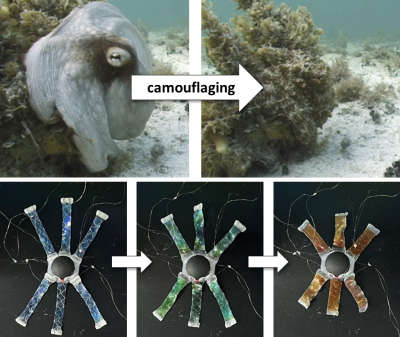Brensocatib, marketed as Brinsupri, has received FDA approval for the treatment of bronchiectasis, marking a significant advancement in the management of this condition. In a detailed discussion, Dr. Albert Rizzo and Dr. James Chalmers shared insights on the safety and mechanism of action of this novel drug during the HCPLive RX Review Special Report.
Dr. Chalmers highlighted results from both the phase 2 WILLOW trial and the larger phase 3 ASPEN trial. These studies demonstrated a reassuring safety profile for brensocatib. Adverse events reported were comparable to those experienced by patients receiving a placebo. Notably, despite targeting neutrophil activity—a crucial component of the immune response—no significant increase in pneumonia or other infections was observed, addressing a common concern regarding neutrophil modulation.
The most frequently noted side effect in the ASPEN trial was mild hyperkeratosis, which affected approximately 3% of patients receiving the higher dose. Dr. Chalmers explained that this condition, characterized by skin thickening, bears resemblance to symptoms seen in the rare Papillon-Lefevre syndrome, where the enzyme DPP1 is absent. Importantly, the trial found that cases of hyperkeratosis were largely reversible and self-limiting, with only one patient discontinuing treatment due to this effect. Dr. Chalmers advised clinicians to inform patients about this potential side effect, as it may occur variably during therapy, even after several months.
In discussing the mechanism of action of brensocatib, Dr. Chalmers described it as a first-in-class DPP1 inhibitor. By inhibiting DPP1 in the bone marrow, brensocatib prevents the activation and packaging of proteolytic enzymes such as neutrophil elastase and cathepsin G into neutrophils. This action allows neutrophils to migrate to the lungs while reducing their capacity to cause tissue injury. Consequently, this targeted approach not only dampens inflammation but also maintains effective defenses against infections.
The implications of brensocatib’s unique mechanism extend beyond safety. Dr. Chalmers emphasized that this upstream intervention helps explain both its efficacy in reducing exacerbations of bronchiectasis and its favorable safety profile.
As the understanding of bronchiectasis treatment evolves, brensocatib represents a promising option that shifts focus toward disease modification. Its FDA approval in August 2025 signifies a pivotal moment in the field, offering hope to patients and clinicians alike.
Dr. Albert Rizzo, a pulmonologist at ChristianaCare in Newark, Delaware, and clinical assistant professor of medicine at Thomas Jefferson University, brings significant expertise to the conversation. He has served as the former Chief Medical Officer of the American Lung Association, adding depth to the discussion surrounding brensocatib’s role in clinical care.
Dr. Chalmers, who holds a position as Clinical Professor of Respiratory Research at the University of Dundee in the United Kingdom, is also recognized for his leadership in respiratory medicine. He served as a primary investigator on Insmed’s ASPEN trial, further validating his insights into the trial’s findings and the future of bronchiectasis treatment.
With the introduction of brensocatib, healthcare professionals are encouraged to re-evaluate existing treatment paradigms for bronchiectasis. This innovative therapy not only aims to improve patient outcomes but also enhances the understanding of disease mechanisms, paving the way for future research and management strategies.





































































